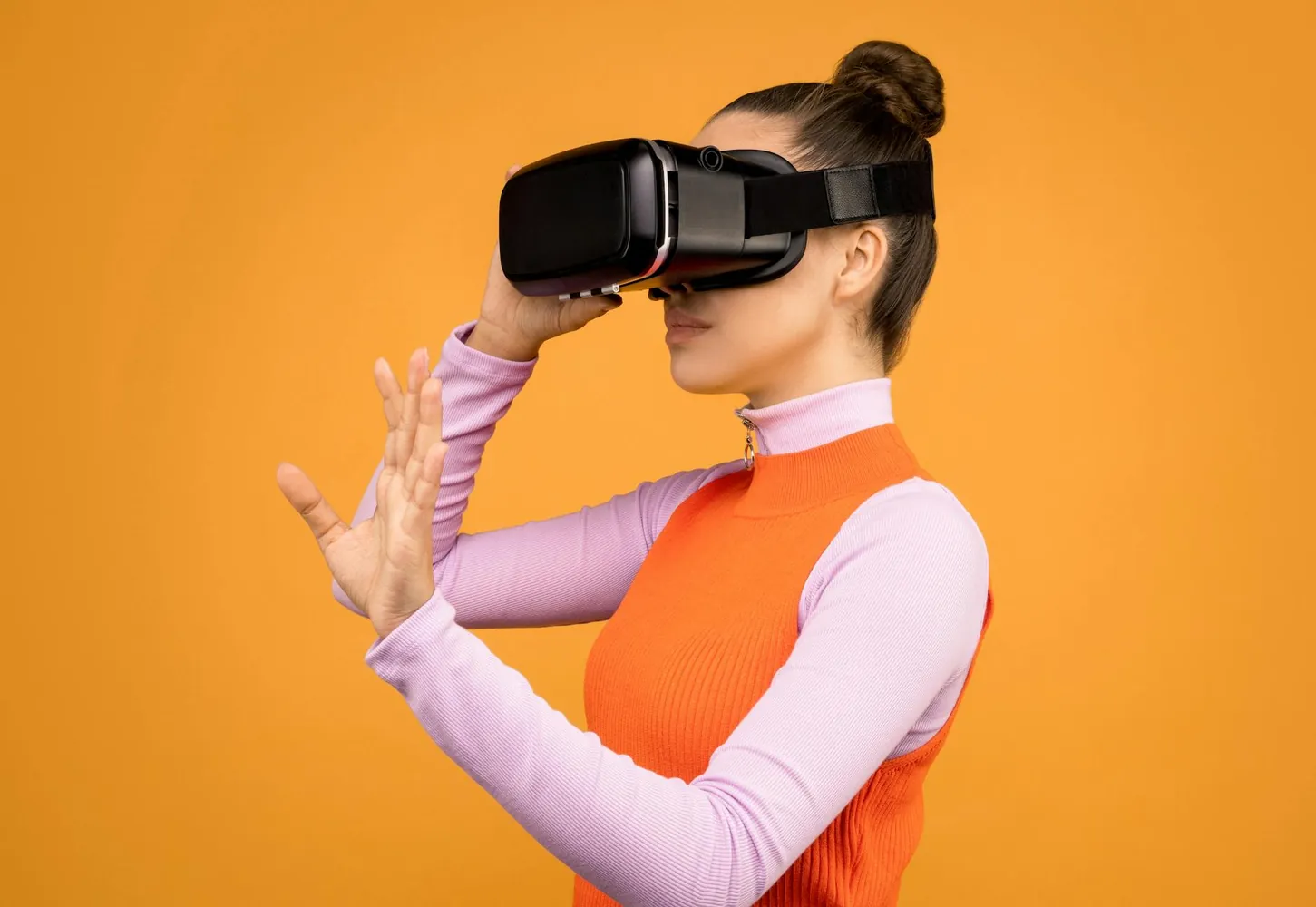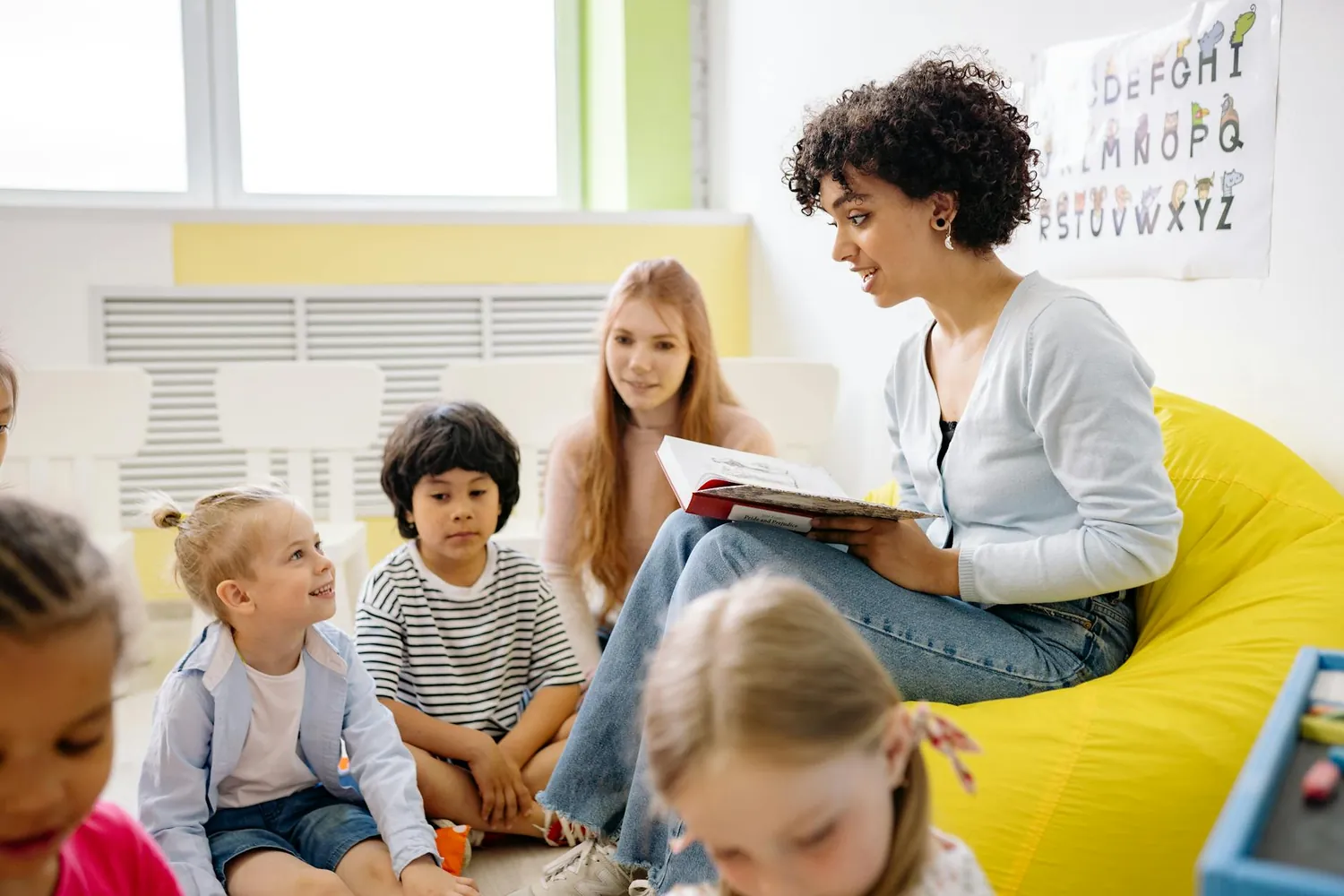Innovative Strategies for Project-Based Learning in Science Education

Embracing Project-Based Learning in Middle School Science
Project-Based Learning (PBL) is a dynamic approach to teaching where students explore real-world problems and challenges. In the realm of science education, particularly at the middle school level, PBL offers a powerful way to engage students by making learning relevant and exciting. The goal is to develop a framework that incorporates thematic learning, collaboration, and assessment into the curriculum.
Selecting a Relevant Theme
Choosing a theme that resonates with students is the first step in implementing effective PBL. Themes should be broad enough to allow exploration from various angles but specific enough to maintain focus. For instance, a theme like "Environmental Conservation" can engage students in studying biodiversity, climate change, and sustainable practices. This kind of theme provides ample scope for scientific inquiry and critical thinking.
Concrete Example: Water Quality Investigation
A practical example could involve students investigating the water quality in their local community. This project could encompass:
- Sampling local water sources.
- Testing for pollutants using simple chemical kits.
- Researching the effects of these pollutants on human health and ecosystems.
Such a project not only ties into core scientific concepts but also promotes environmental stewardship.
Setting Clear Objectives
Clear, measurable objectives are essential for guiding students through PBL. These objectives should be aligned with curriculum standards while being attainable within the project's timeframe. For instance, objectives might include:
- Understanding chemical properties of common pollutants.
- Developing skills in scientific data collection and analysis.
- Demonstrating knowledge through presentations or reports.
The clarity of these goals helps students stay focused and provides benchmarks for progress.
Encouraging Collaboration
Collaboration is a cornerstone of PBL, encouraging students to work together and learn from each other. Teachers can foster a collaborative environment by organizing students into diverse groups where each member has distinct roles such as researcher, recorder, or presenter. These roles can rotate to ensure everyone gains a variety of skills.
Practical Tip: Implementing Collaborative Tools
Utilize digital tools like Google Workspace or Microsoft Teams to facilitate communication and resource sharing among students. These platforms allow for seamless collaboration even outside the classroom setting, promoting continuous engagement with the project.
Incorporating Assessment Techniques
Assessment in PBL should evaluate both the process and the final product. This dual focus ensures that students are rewarded for their efforts throughout the project rather than solely on the final outcome.
Process-Based Assessment
Teachers can assess process skills through observation and regular check-ins during group work sessions. Criteria might include:
- Active participation in discussions.
- Ability to collaborate effectively with peers.
- Problem-solving and adaptability when faced with challenges.
Product-Based Assessment
The final product, whether it be a report, presentation, or model, should demonstrate the student’s understanding and application of scientific concepts. Rubrics with clear criteria can help assess aspects like creativity, accuracy, and depth of analysis.
The Impact on Student Engagement
PBL has been shown to increase student engagement by connecting classroom lessons to the real world. When students see the relevance of their studies to their own lives, their intrinsic motivation often improves, leading to better educational outcomes. According to some studies, schools that have integrated PBL report improvements in student attendance and academic performance.
Addressing Potential Challenges
While PBL offers many benefits, teachers may face challenges such as time constraints, resource availability, and varying levels of student readiness. To address these, consider:
- Starting small with mini-projects before scaling up.
- Using community resources or partnerships for materials and expertise.
- Differentiating tasks to meet diverse student needs and learning paces.
By acknowledging these potential obstacles early, educators can devise strategies to mitigate them effectively.
Conclusion: Cultivating Future Scientists
Integrating PBL into middle school science education not only aligns with educational standards but also inspires curiosity and lifelong learning in students. By carefully selecting themes, setting objectives, fostering collaboration, and assessing both process and product, educators can create a vibrant learning environment that prepares students for future academic pursuits and responsible citizenship.





